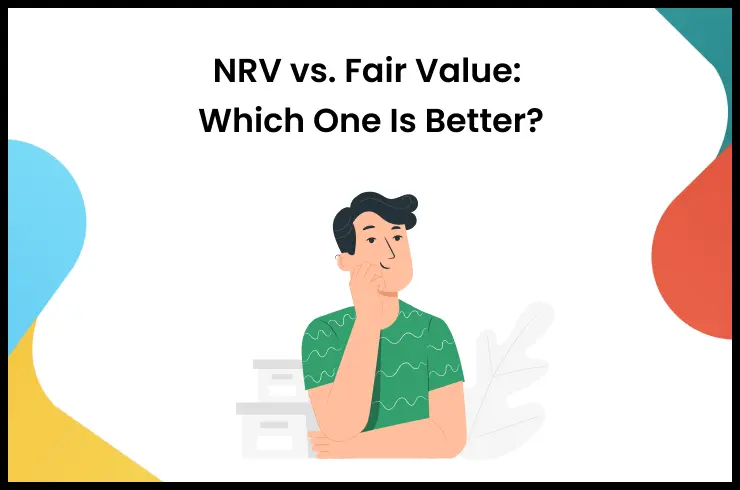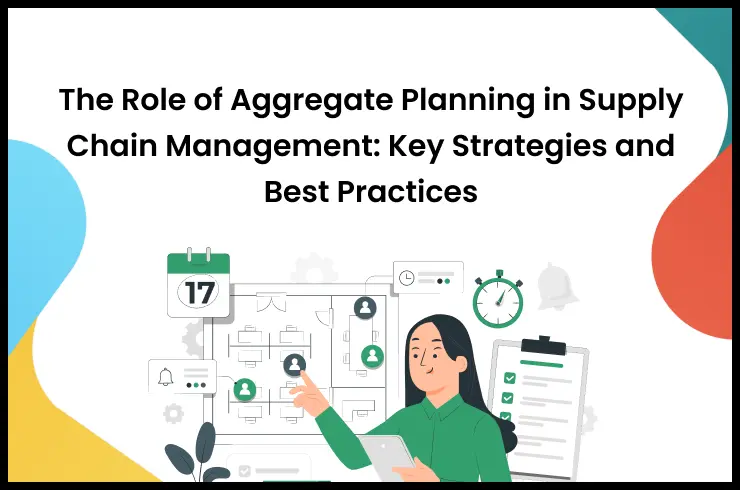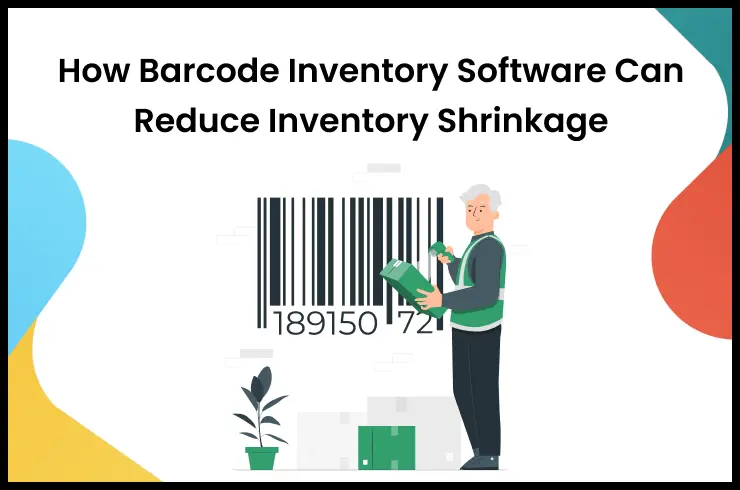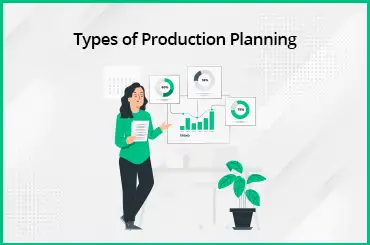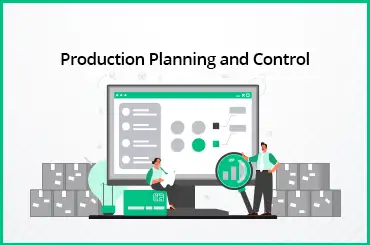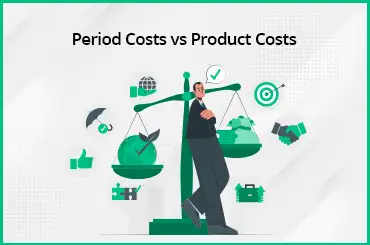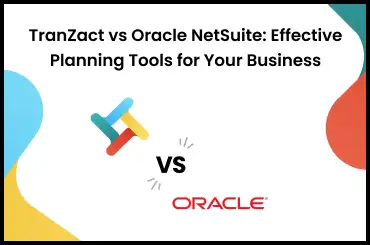In today’s manufacturing operations, technology has become a useful tool, making operations easy. Cloud based MRP software stands out as a beneficial tool in production planning, simplifying processes, and improving efficiency. With easy access to real-time data, manufacturing businesses can make well-informed decisions effortlessly. Automated MRP software enables optimal stock levels, minimizing shortages and excesses.
In this blog post, we will know more about cloud based MRP software in detail.
Understanding Cloud Based MRP Software
A Cloud Based MRP Software (material requirements planning software) helps businesses organize raw materials to make the products. It keeps track of materials, schedules, and buying materials, all in one place. It helps businesses use their resources better, avoid running out of materials, and make decisions faster. With the online availability of cloud based MRP software, communication with the teammates and suppliers of the business becomes hassle-free. The connectivity is simple and easy.
How Does Material Requirements Planning (MRP) Work?
Material Requirements Planning (MRP) is a system that can manage and plan your inventory and production processes more easily. These systems help businesses improve their inventory levels and reduce lead times in manufacturing processes. Here's how it typically works:
1. Bill of Materials (BOM): The process starts with creating a bill of materials. This is a list of all the materials required to manufacture a product. Each item in the BOM is identifiable along with its quantity.
2. Inventory Status Update: Cloud based MRP software collects information about the current inventory levels of all the items listed in the BOM. It includes both components and raw materials.
3. Master Production Schedule: It is Based on what customers have ordered. The MRP system creates a schedule that shows which products to make and when.
4. Net Requirements Calculation: The Material Requirements Planning (MRP) system calculates the net requirements for each material by analyzing various factors. These factors include current inventory levels, production schedules, lead times, and customer demand forecasts.
5. Purchase & Production Generation: When the MRP system sees that businesses don't have enough of something, it alerts you for more orders. The system does this to make sure that businesses have what they need for production. This makes sure that the orders arrive on time for the business's production schedule.
6. Lead Time Consideration: Lead time is how long it takes from ordering to getting what businesses need. The MRP system considers lead times for getting materials and making products. This makes sure businesses order materials early enough for them to arrive before production starts.
7. Planning the Capacity: Advanced MRP systems also track capacity planning. This checks if the business's production facilities can handle the work outlined in the schedule. If there are any problems, businesses might need to change the schedule.
Who Uses Material Requirements Planning (MRP) Software
Manufacturers from different industries use Material Requirements Planning (MRP) software. The cloud based MRP software helps them plan and manage what materials they need to make their products. With it, they can keep track of how much material they have, when they need to order more, and how much they need to produce. This software is a smart organizer that makes sure everything runs smoothly in the factory. It's also used by businesses in production, supply chain management, and inventory control.
The Role of MRP Software for Manufacturers
MRP (Material Requirements Planning) software plays an important role in the manufacturing industry. The software helps businesses easily plan and manage their production processes. Here are some of the main reasons MRP software is used for:
1. Scheduling & Tracking
MRP helps in figuring out how much material is required and when. It helps set up when the production is necessary, making sure everything is ready when it's supposed to be. It makes sure that manufacturers don't run out or have too much.
2. Improve Quality With Less Wait Time
The cloud based MRP software helps businesses use resources wisely. This makes sure that nothing goes to waste. With MRP software, things get done faster and with more efficiency.
3. Automating Tasks
MRP software takes care of repetitive jobs like tracking orders and managing supplies. This saves time and reduces errors. It is quick and accurate. It helps businesses make more with less effort. With less manual work, there are fewer chances for mistakes, leading to smoother operations.
How Cloud Based MRP is Different From Traditional MRP
Today, cloud technology has made tools more accessible than ever. It has removed the restriction of data being on-site and on specific computers. Let's look at why cloud-based MRP is important for the future of manufacturing:
| Aspect | Traditional MRP | Cloud-based MRP |
|---|---|---|
| Installation & Infrastructure | Requires setting up on your computers and servers. | Hosted on remote servers, no need for specific infrastructure. |
| Access & Location | Accessible only from workplace computers. | Available with an internet connection from any location. |
| Costs | Higher upfront costs for software and hardware. | Lower upfront costs, and pay for the service as you go. |
| Maintenance & Upgrades | Responsibility for maintenance and upgrades is on you. | Provider takes care of maintenance and upgrades for you. |
| Collaboration | Limited collaboration due to on-premises setup. | Cross-functional teams can easily collaborate and communicate. |
Feature-rich MRP Software For Small Businesses
Small businesses sometimes face the issue of having limited budgets and resources. But the right tools can make a big difference in how small businesses work. This is how:
1. Inventory Supply Management
This helps keep track of the current materials in stock, ready products, and the ones getting produced. MRP Software makes buying things easier by keeping track of suppliers, what they provide, and when the deliveries are coming.
2. Quality Control Planning
It helps figure out what, when, and how of demand. It also helps decide who will do the work and what resources they'll need. The software also makes sure that products meet standards by monitoring production processes and inspecting finished goods for defects.
3. Reporting & Analytics
Small businesses can start with simple tools and add more as they get bigger. These tools need to be properly reported and monitored. An MRP provides insights into performance, trends, and areas for improvement through data analysis and customizable reports.
5 Benefits of a Cloud Based MRP Software
Cloud-Based Material Requirements Planning (MRP) software helps manufacturers plan what materials they need. This makes sure they have enough materials to make products. Here are the most important benefits of cloud based MRP software:
1. Financial Savings
A cloud based MRP system saves money by reducing the need for extra staff, as it automates many tasks. It also helps prevent wastage of resources, like materials and time, making operations more efficient and cost-effective for manufacturing businesses.
2. Remote Work
MRP software for small businesses functions from a remote server. This allows businesses to access the software from anywhere. As your business gets bigger, Cloud based MRP software will handle everything without the need to increase physical capacity.
3. Automatic Updates
The software updates with minimal effort on your part. Some software also provides the functionality of automatically resolving technical glitches. This makes sure that the quality of your work is optimum.
4. Data Security
Equipped with cutting-edge technology, the system carefully safeguards all stored data. Through encryption, access controls, and regular backups, it prioritizes safeguarding sensitive information from unauthorized access, breaches, and loss.
5. Backup Solutions
It provides a reliable backup solution in case of any technical difficulties. By regularly backing up data to secure off-site locations, the system makes sure that important information remains accessible even in the event of hardware failures or system crashes.
Future of Manufacturing with TranZact MRP Software
Small to medium-scale businesses face common problems such as slow processes, lack of awareness, and inventory mistakes. TranZact MRP Solution solves these issues. TranZact helps with optimal inventory levels, never running short of important raw materials. This cloud-based tool provides real-time insights into stock levels, order quantities, and production requirements, enabling precise planning. Smart MRP reports offer detailed views and live reordering alerts, ensuring timely refill of stocks.
FAQs
1. What is the MRP System in manufacturing?
The MRP system in manufacturing stands for material requirements planning. MRP software for small businesses helps manufacturers plan and manage the materials needed for production.
2. What are the main features of the MRP System?
The main features of the MRP System are:
- Inventory Management
- Scheduling
- Ordering
- Tracking Materials
3. Is cloud based MRP safe?
Cloud-based MRP software for small businesses is safe because proper security measures are in place like encryption and regular security updates.
4. What are the steps to implement cloud based MRP software?
To implement cloud based MRP software you should:
- Assess your needs
- Choose a reliable provider
- Move data
- Train staff
- Regularly improve the system
5. What is the role of the MRP system in production optimization?
MRP improves production by making sure the right materials are available at the right time. It also reduces waste and delays.
6. Is it possible for a manufacturing business to thrive without cloud-based MRP software?
While Cloud based MRP System helps simplify operations, some small businesses are trying to manage without them. However, implementing a Cloud-based MRP software for manufacturers can greatly help in efficiency and competitiveness with easy accessibility in the long run.






